 Friday was a light day as far as sessions were concerned (at least sessions which I found interesting). The first session was about multi-monitor support in Unity. This has been a big pain point for some users in the last couple of releases so I’m happy to see it given some priority. The primary focus this cycle will be two displays (two monitors, or one monitor + one projector), which is the most common case. There was some design work done on how to place the launcher (along which edges and what to do if the user wants to move “through” the edge) and how to decide which is the “primary” display. There was a six-monitor demo set up in the hall which we could play with to get an idea of how it will work. It was just a prototype so it took no time at all for users to break it. 🙂 (blueprint, notes)
Friday was a light day as far as sessions were concerned (at least sessions which I found interesting). The first session was about multi-monitor support in Unity. This has been a big pain point for some users in the last couple of releases so I’m happy to see it given some priority. The primary focus this cycle will be two displays (two monitors, or one monitor + one projector), which is the most common case. There was some design work done on how to place the launcher (along which edges and what to do if the user wants to move “through” the edge) and how to decide which is the “primary” display. There was a six-monitor demo set up in the hall which we could play with to get an idea of how it will work. It was just a prototype so it took no time at all for users to break it. 🙂 (blueprint, notes)
Next up for me was a discussion on making sure that there is a base set of packages which will be cross-compilable to ARM. This is a big one for my group since much of our target hardware is ARM-based and our current options for building packages (slow ARM hardware or even slower virtual machines) make development challenging. I’m definitely looking forward to seeing this one accomplished. (blueprint, notes)
After lunch were a set of “lightning talks”, 5-minute talks about whatever interesting subject the speaker could come up with. I could detail them here, but it’s likely that you won’t care. On the off-chance that you do you can watch them yourself:
http://www.youtube.com/watch?v=Qnh7f36xkRA
The only other session I attended was on finding and fixing the regressions in boot speed in the last couple of releases. Martin Pitt showed off some boot charts from lucid and maverick looking for specifics on where things have slowed down. It looks as if compiz and nautilus are the worst offenders, but there will be plenty of cleanups to go around. (blueprint, notes)

In the evening was the much-beloved after party which had a super hero theme this time around. I spotted The Hulk stomping around the room and our CEO gave her “thanks for all the hard work” speech dressed as Supergirl. The party itself was loads of fun, with the Ubuntu All-Stars playing some classic tunes (can’t go wrong with “Wish You Were Here”) and lots of alcohol-inspired dancing.
After an exhausting week it was time for one more sleep then the a short plane ride home.

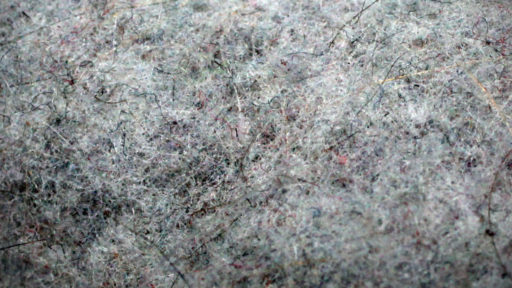
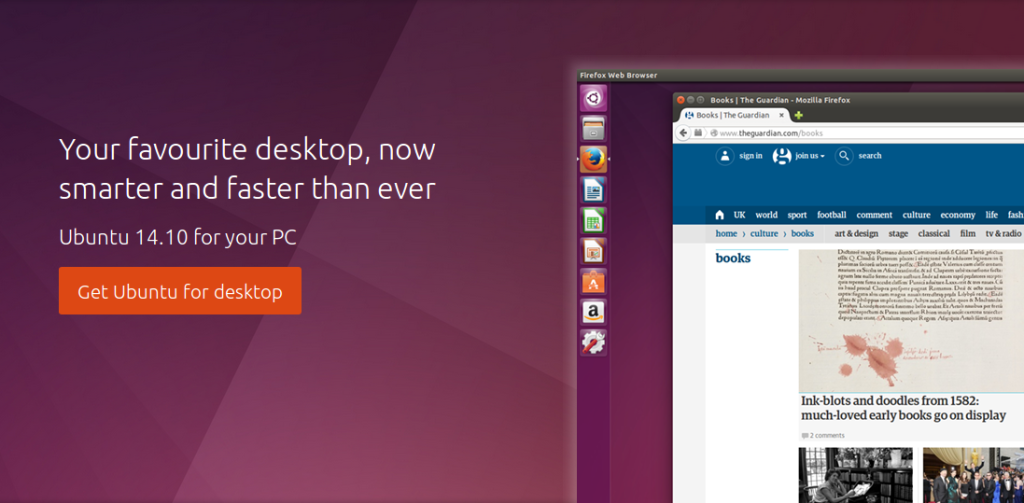
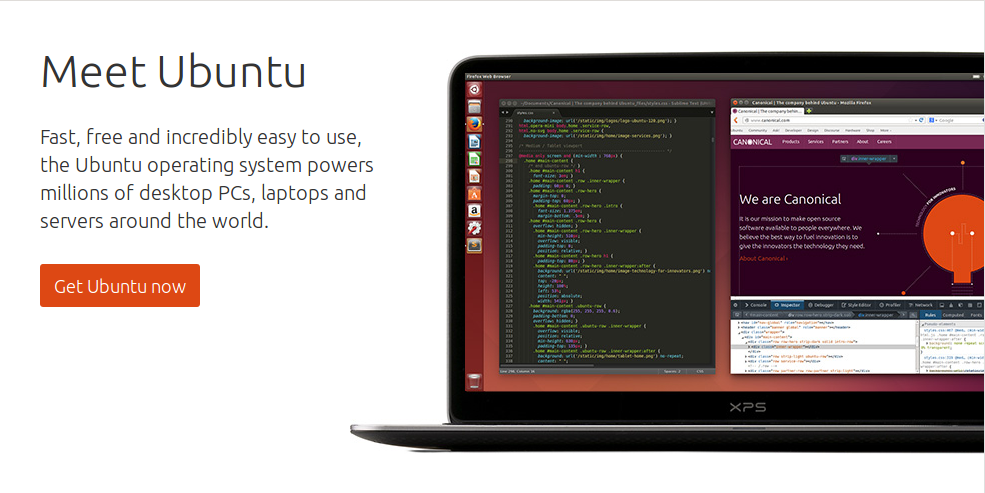
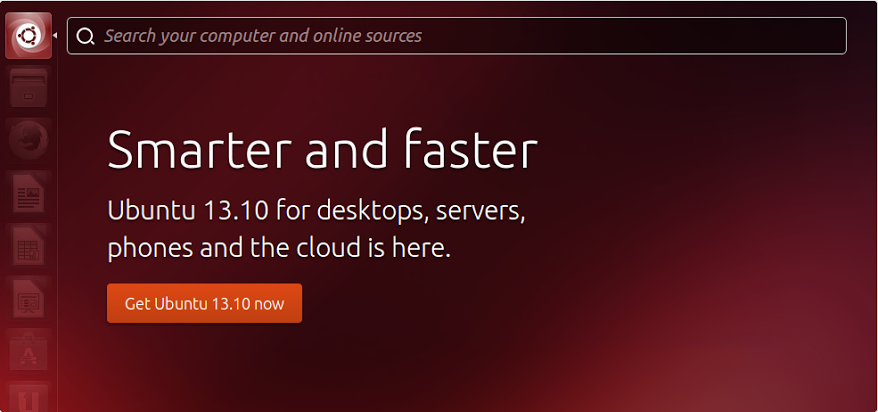
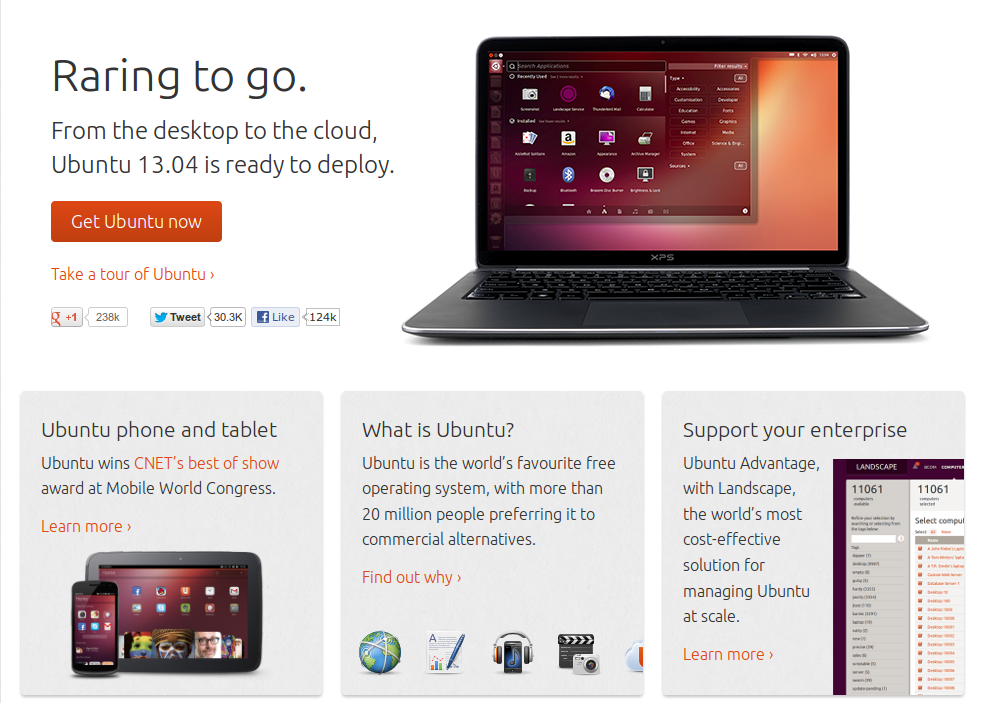
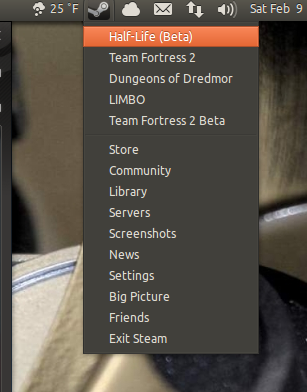
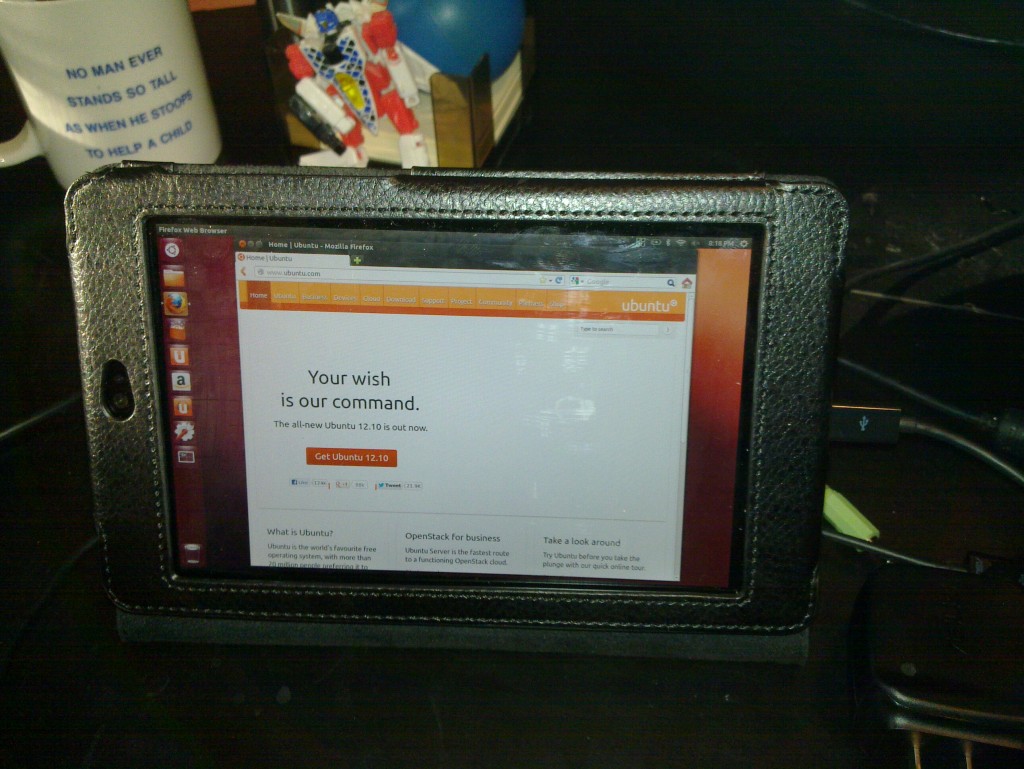
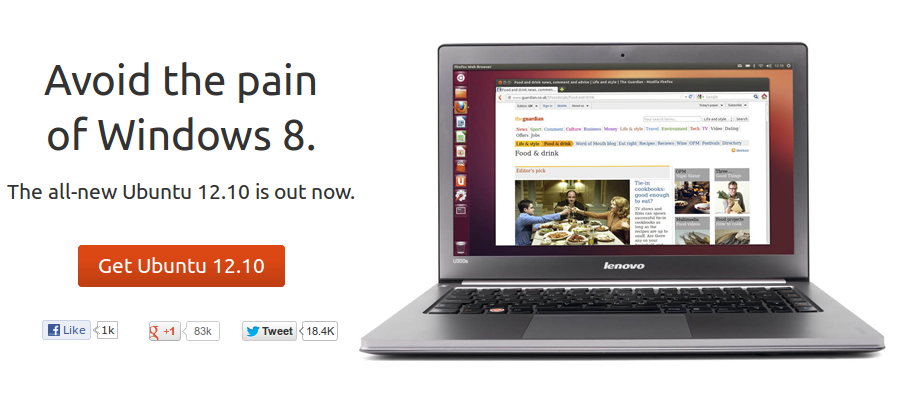
 Friday was a light day as far as sessions were concerned (at least sessions which I found interesting). The first session was about multi-monitor support in Unity. This has been a big pain point for some users in the last couple of releases so I’m happy to see it given some priority. The primary focus this cycle will be two displays (two monitors, or one monitor + one projector), which is the most common case. There was some design work done on how to place the launcher (along which edges and what to do if the user wants to move “through” the edge) and how to decide which is the “primary” display. There was a
Friday was a light day as far as sessions were concerned (at least sessions which I found interesting). The first session was about multi-monitor support in Unity. This has been a big pain point for some users in the last couple of releases so I’m happy to see it given some priority. The primary focus this cycle will be two displays (two monitors, or one monitor + one projector), which is the most common case. There was some design work done on how to place the launcher (along which edges and what to do if the user wants to move “through” the edge) and how to decide which is the “primary” display. There was a 